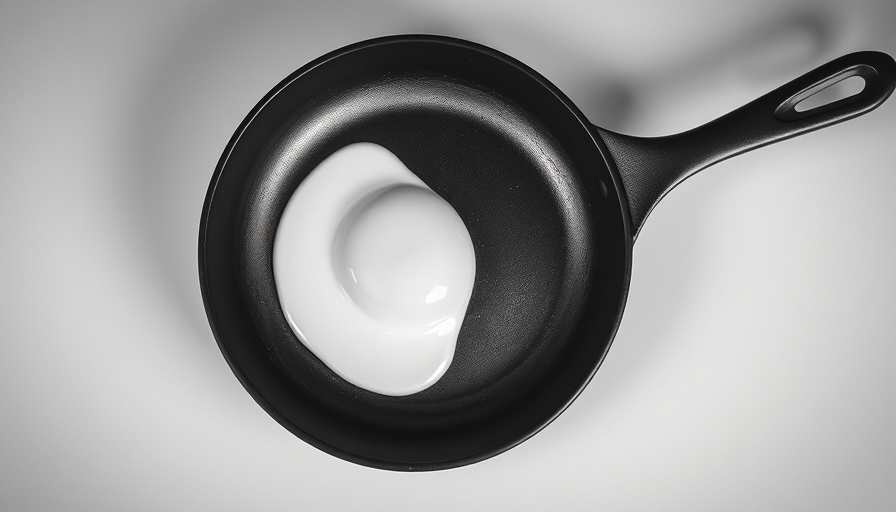
Revolutionizing Laptop Tech: STMicro’s Invisible Sensor
In an era where technological advancements are often accompanied by increased privacy concerns, a breakthrough from STMicroelectronics is turning heads. The company has unveiled its latest innovation—an invisible laptop sensor known as the FlightSense VL53L8CP, designed to monitor user presence without compromising privacy. This development could enhance user experiences and potentially save battery life, marking a significant leap in laptop technology.
A Leap Towards Smart Sensing with Artificial Intelligence
Unlike traditional systems that rely on webcams or other intrusive measures, STMicro’s innovative sensor employs advanced multizone Time-of-Flight (ToF) technology combined with sophisticated AI models. These methods enable the sensor to track movement from distances of up to four meters away, maintaining a focus on user privacy by not capturing images or audio. With four distinct AI models—Presence, Head Orientation, Posture, and Hand Detection—the sensor interprets user engagement in real-time, ensuring that laptops respond intelligently to changing dynamics.
Balancing Privacy with Innovation: A New Standard
As data privacy and collection come under heightened scrutiny, the FlightSense technology offers a refreshing approach. By keeping processing local and data anonymous, STMicro addresses prevalent concerns regarding surveillance and data misuse. This stands in stark contrast to many existing technologies, which often rely on cloud processing and visual recognition, raising concerns around user consent and data security.
The Economic and Environmental Impact of the Invisible Sensor
Power consumption is a critical issue for modern mobile devices. Display backlighting alone is one of the largest contributors to battery drain. The FlightSense sensor’s ability to facilitate adaptive dimming can cut energy use by over 20% daily. In an age where manufacturers are vying to deliver more powerful yet energy-efficient laptops, this technology embodies a smart solution that can extend battery life without the user needing to engage with complex settings or adjustments.
A Bright Future for Computing Power Management
This advancement isn't just beneficial for individual users; the impact on the broader technology landscape is substantial. As original equipment manufacturers (OEMs) integrate these sensors into their future designs, we may soon see a shift in how laptops manage power and interact with users. Imagine a world where devices adjust their performance based on real-time assessment of user engagement—this not only prolongs battery life but also optimizes performance based on actual usage patterns.
Adoption Timeline: When Can We Expect to See This Tech?
The exciting news is that this technology isn't some far-off sci-fi dream. STMicro’s sensor is characterized as a turnkey solution—meaning it's ready for immediate deployment in consumer laptops. With validation already apparent in previous generations of FlightSense technology, we can expect to see this integration in new models potentially as early as this year. Users can look forward to experiencing smarter, more capable devices in their everyday lives without the loss of privacy or security.
The Broader Context of Human Presence Detection
The rise of Human Presence Detection technologies represents a growing trend towards smarter, more intuitive devices. As our world becomes more interconnected, integrating more user-friendly interfaces will become crucial. This situation is significant for home automation, wearables, and even automotive contexts, where detecting user presence can lead to tailored responses that maximize comfort and efficiency.
Final Thoughts: A New Paradigm for User Engagement
The introduction of STMicro’s FlightSense VL53L8CP is a noteworthy development in laptop technology. By combining sophisticated AI and advanced sensor technology, the company is setting new standards for how privacy can coexist with innovation. As consumers, understanding and embracing these advancements can potentially shape our engagement with technology, making our devices not just tools but partners in our daily tasks.
Stay tuned to see how this technology evolves and transforms the way we interact with our devices, paving the way for an era marked by greater efficiency and enhanced user experiences.
 Add Row
Add Row  Add
Add 




Write A Comment